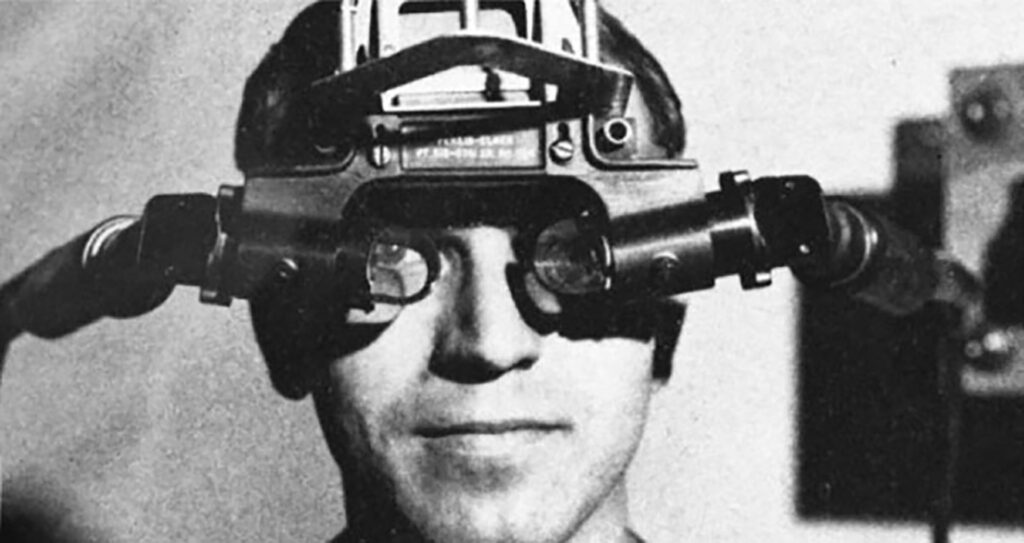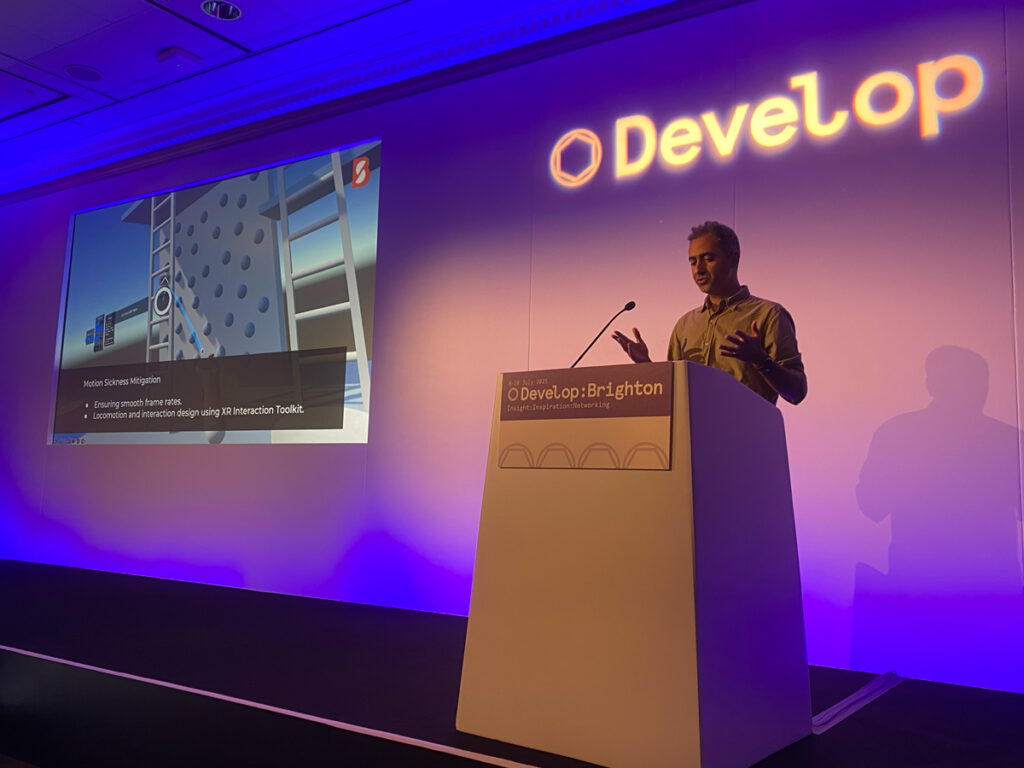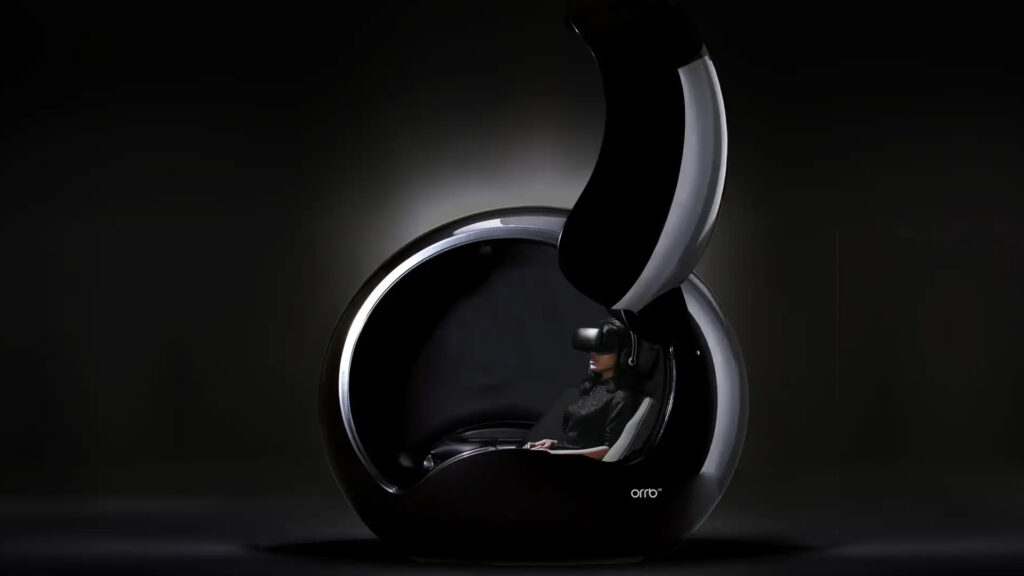By now most people have at least heard of virtual reality (VR), but what is the history of virtual reality? Whilst experience with VR still remains a mystery to most, interest in the technology has been gaining momentum for more than a decade – but the concept of virtual reality is much older.
You may be surprised to learn the idea of VR first surfaced as far back as 1935 in a short story called Pygmalion’s Spectacles penned by the science fiction writer Stanley Weinbaum. The story features a pair of goggles that immersed the character in the world of movies.
The idea of creating a 3D world in a computer simulator was actually more scientific than science fiction. In 1940, Sir Charles Wheatstone was awarded the Royal Medal from the Royal Society for his research on vision.
It was Wheatstone that demonstrated how the brain sees the world in 3D by combining two “photographs” recorded by each eye. The research inspired the earliest type of stereoscope, a contraption that made an image look 3D.
This early model was enhanced in 1956 when the cinematographer, Morton Heilig created a VR machine called the ‘Sensorama’ machine. The device combined multiple technologies to stimulate the senses and create the first immersive 3D experience.
Four years later, Heilig patented the Telesphere Mask, the first head-mounted display (HMD). A year later, Comeau and Bryan created “Headsight” the first head-mounted display to feature tracking. Here we find the early beginnings of the VR technology we have today.
By 1965, the idea of VR as a marketable device was exciting for innovators. When Ivan Sutherland presented his vision of the Ultimate Display, the virtual world could barely be distinguishable from reality. Three years later, HMDs could be hooked up to a computer and the first virtual reality game was launched – The sword of Damocles.











